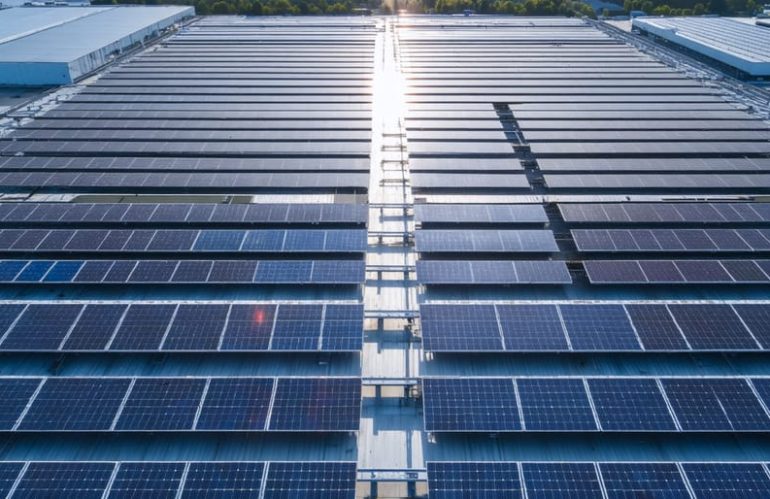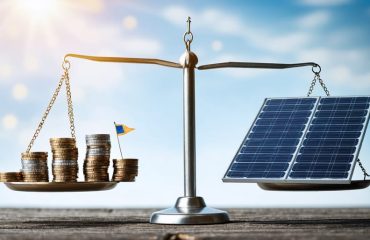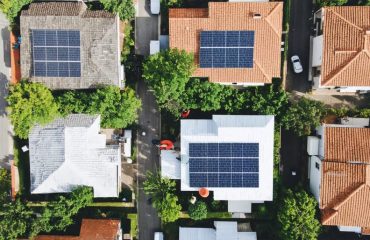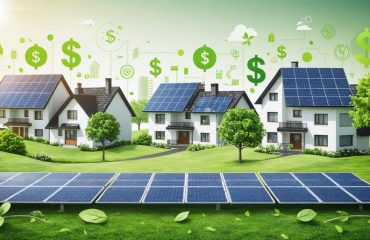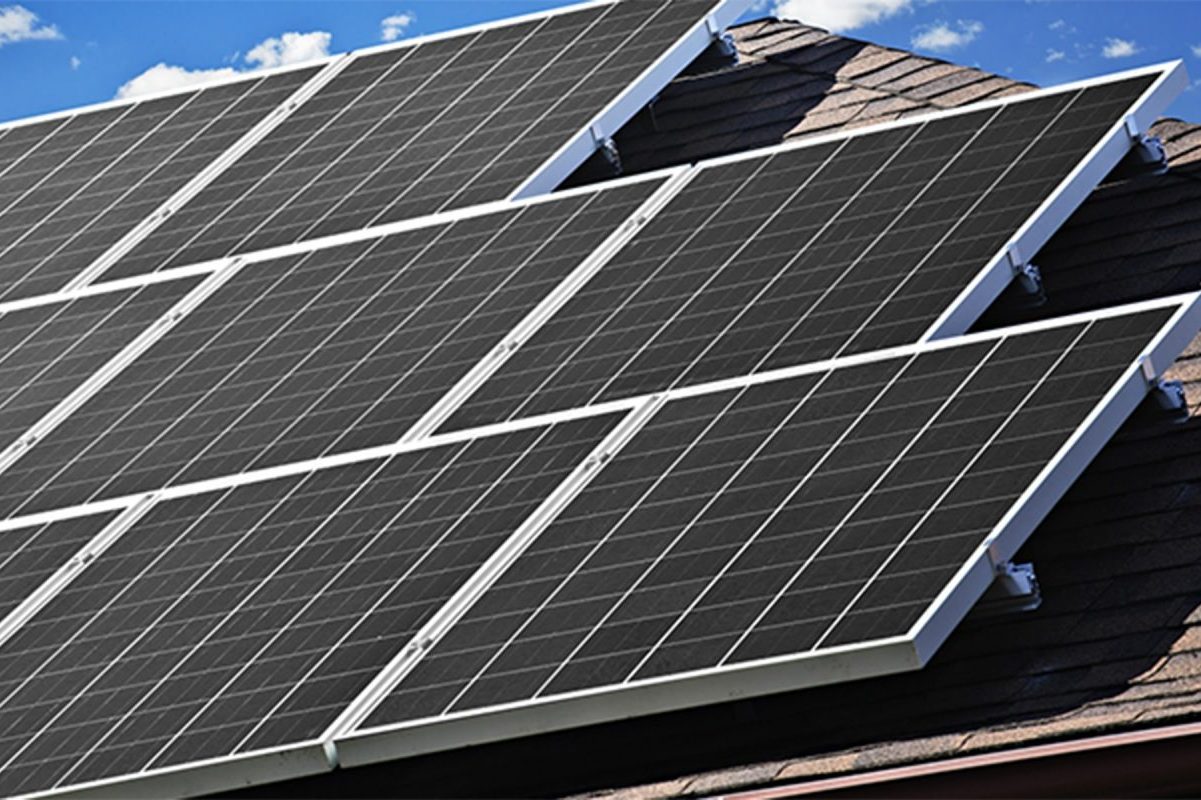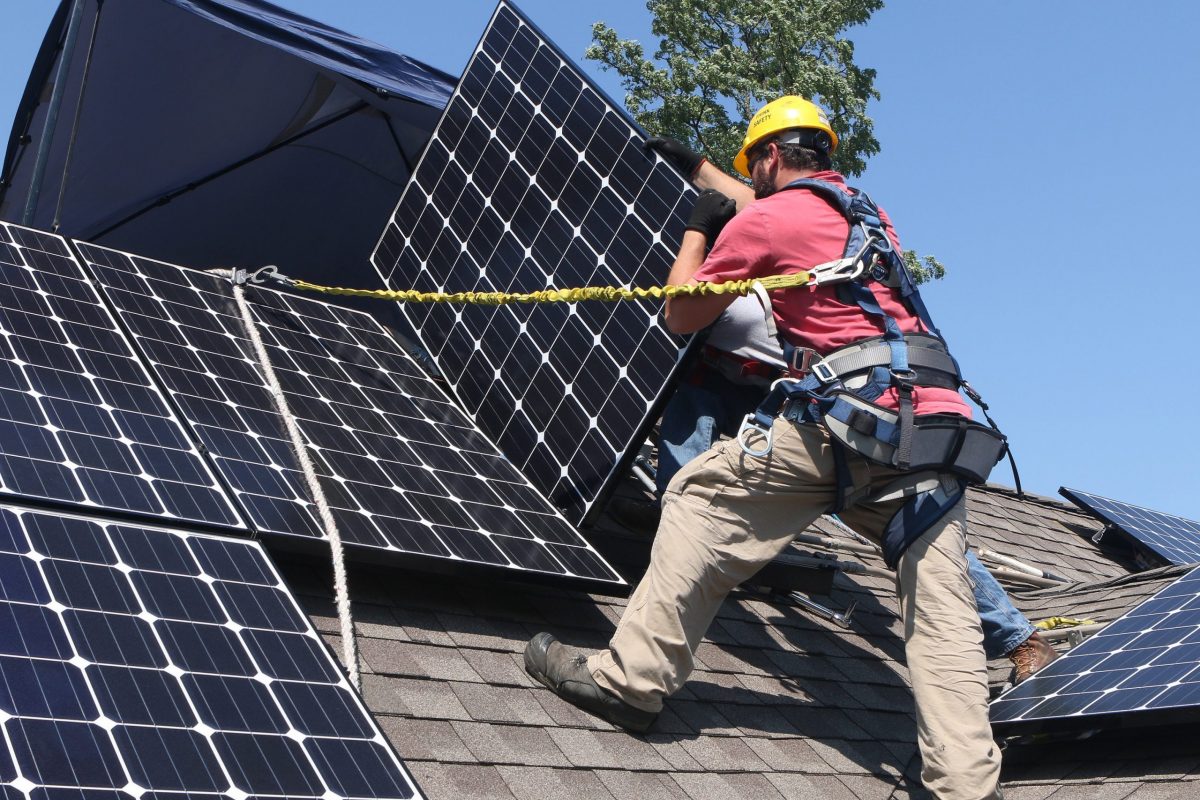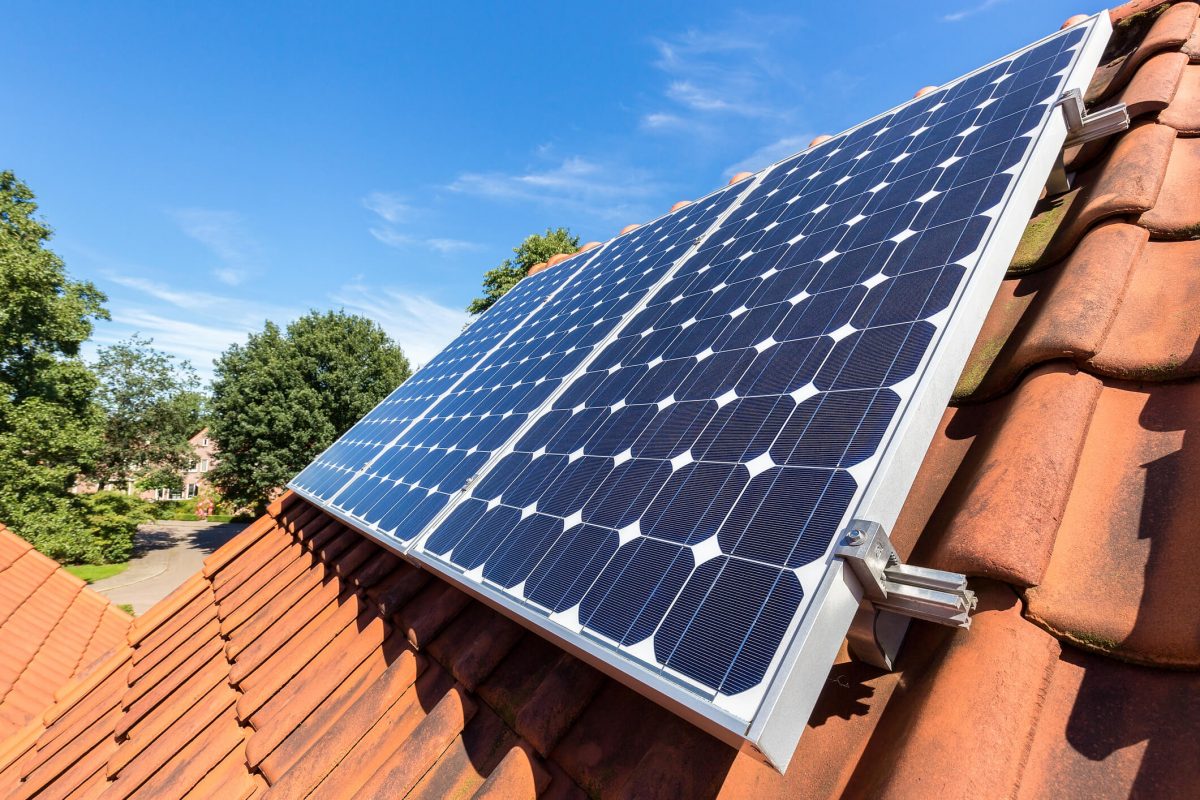Industrial solar energy stands at the forefront of corporate sustainability, transforming how businesses power their operations while dramatically reducing operational costs. As global energy demands surge and environmental regulations tighten, forward-thinking companies are leveraging solar technology to secure their energy independence and strengthen their bottom line. Recent advances in photovoltaic technology, coupled with declining installation costs and attractive government incentives, have made industrial-scale solar installations more accessible and economically viable than ever before.
The shift toward industrial solar power represents more than just an environmental choice – it’s a strategic business decision that offers compelling returns on investment. Major corporations across manufacturing, logistics, and retail sectors are already reaping the benefits, with some facilities achieving up to 80% reduction in traditional energy consumption. These large-scale solar implementations not only provide reliable, clean energy but also serve as powerful demonstrations of corporate environmental stewardship, enhancing brand value and meeting increasingly stringent ESG requirements.
This transformation in industrial energy consumption marks a pivotal moment in sustainable business practices, offering a blueprint for companies looking to maintain competitive advantage while contributing to global climate solutions.
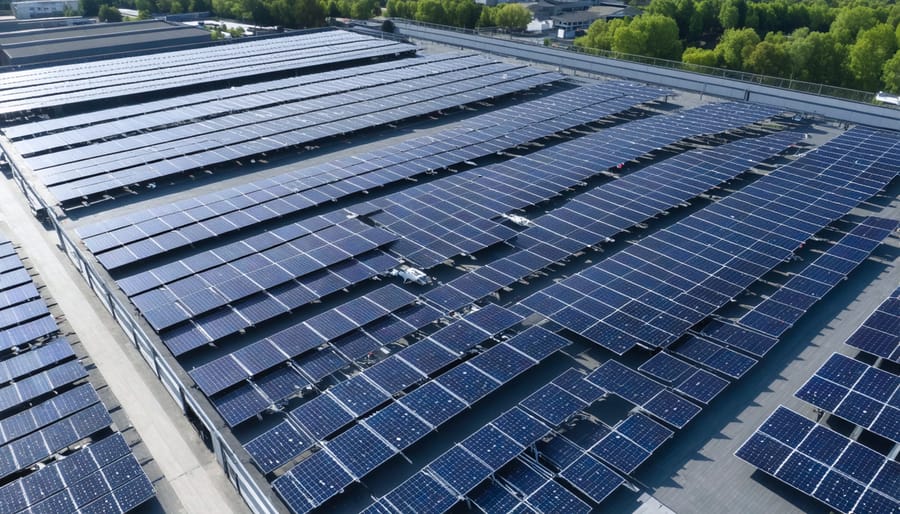
The Business Case for Industrial Solar Installation
Cost Savings and Tax Incentives
Industrial solar energy installations offer substantial financial benefits through various cost-saving mechanisms and government incentives. Companies can typically expect a return on investment within 5-7 years, while the systems continue generating savings for 25-30 years. The federal Investment Tax Credit (ITC) remains one of the most significant advantages, allowing businesses to deduct 30% of their solar installation costs from their federal taxes.
Many states offer additional solar incentive programs, including performance-based incentives, grants, and property tax exemptions. These programs can reduce the initial investment by 40-60%, making the transition to solar power more accessible for industrial facilities of all sizes.
Beyond tax benefits, businesses can significantly reduce their operational costs through lower electricity bills and decreased dependency on grid power. Many companies report 60-75% reductions in their monthly energy expenses after installing solar systems. Net metering policies allow facilities to sell excess power back to the grid, creating an additional revenue stream.
The accelerated depreciation benefit (MACRS) enables businesses to recover their solar investment through depreciation deductions, typically over a 5-year period. When combined with other incentives, this can help organizations achieve positive cash flow from their solar investment much sooner than expected.
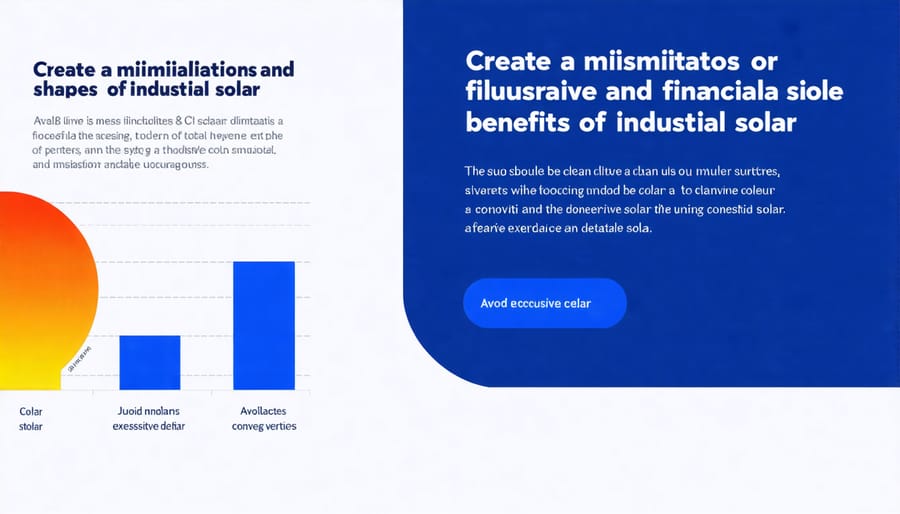
Energy Independence and Price Stability
Industrial solar energy installations offer businesses a powerful path to energy independence while providing long-term price stability. By generating their own electricity on-site, companies can significantly reduce their reliance on traditional utility providers and protect themselves from unpredictable grid power costs. This shift towards energy autonomy is particularly valuable in regions where utility rates fluctuate dramatically or during peak demand periods.
Much like collaborative energy initiatives, industrial solar installations allow businesses to take control of their energy future. Once the initial investment is recovered, companies essentially lock in their electricity costs for 25-30 years – the typical lifespan of solar panels. This predictability enables better long-term financial planning and budgeting.
The stability offered by solar power extends beyond just cost savings. During grid outages or emergencies, businesses with solar installations can maintain critical operations, especially when combined with energy storage solutions. This enhanced reliability translates into reduced downtime and improved business continuity.
Moreover, excess power generated during peak production can be sold back to the grid through net metering programs, creating an additional revenue stream. This flexibility in energy management, combined with decreasing installation costs and improving technology, makes industrial solar an increasingly attractive option for businesses seeking both energy independence and financial stability.
Corporate Policy Changes Driving Solar Adoption
ESG Goals and Sustainability Targets
Industrial solar energy plays a crucial role in helping companies meet their Environmental, Social, and Governance (ESG) goals while demonstrating commitment to sustainability. As corporations face increasing pressure from investors, customers, and regulatory bodies to reduce their carbon footprint, solar power has emerged as a practical and visible solution for achieving these targets.
Many companies are incorporating solar energy into their sustainability strategies to meet science-based emissions reduction targets. By investing in solar installations, businesses can significantly reduce their Scope 2 emissions, which come from purchased electricity. This approach, combined with available financial incentives, creates a win-win situation for both environmental responsibility and bottom-line benefits.
Corporate sustainability reports increasingly highlight solar investments as key achievements, showing stakeholders tangible progress toward environmental commitments. These installations serve as visible symbols of environmental stewardship, enhancing brand reputation and helping companies attract environmentally conscious customers and employees.
Beyond environmental benefits, industrial solar installations contribute to social responsibility goals by creating local jobs and supporting community development. Companies often partner with local organizations to develop workforce training programs, ensuring their solar initiatives benefit the broader community.
For businesses working toward carbon neutrality, solar energy represents a cornerstone of their sustainability strategy. Whether through on-site installations or power purchase agreements, industrial solar adoption helps organizations meet their ESG targets while maintaining operational efficiency and demonstrating leadership in corporate sustainability.
Stakeholder Pressure and Market Demands
The growing emphasis on environmental responsibility has created significant pressure from stakeholders for industries to adopt sustainable energy solutions. Investors increasingly view solar energy adoption as a key indicator of a company’s long-term viability and commitment to sustainability. Many institutional investors now include solar implementation in their ESG (Environmental, Social, and Governance) evaluation criteria, making it a crucial factor in investment decisions.
Consumer demands have also played a pivotal role in driving industrial solar adoption. Modern customers actively seek products and services from environmentally responsible companies, creating a strong market incentive for businesses to embrace solar energy. Studies show that over 70% of consumers prefer brands that demonstrate environmental consciousness, making solar adoption a valuable marketing advantage.
Market competition has further accelerated this trend, with industry leaders setting new standards for renewable energy use. Companies that fail to adapt risk losing market share to more environmentally conscious competitors. Major corporations have responded by setting ambitious renewable energy targets, often incorporating solar as a centerpiece of their sustainability strategies.
Supply chain partners are also exerting pressure, with many large manufacturers and retailers requiring their suppliers to meet specific environmental standards. This ripple effect has created a domino impact throughout industrial sectors, compelling companies of all sizes to consider solar energy implementation.
The financial sector has reinforced these pressures by offering preferential terms for sustainable investments, including solar projects. Banks and financial institutions increasingly view solar energy installations as lower-risk investments, often providing better lending terms and specialized financing options for solar initiatives.
Implementation Strategies and Best Practices
Assessment and Planning
The journey to implementing industrial solar energy begins with a comprehensive site assessment and careful planning. First, facilities must undergo a detailed energy audit to understand current consumption patterns and identify peak usage times. This evaluation helps determine the optimal size and configuration of the solar installation.
Professional solar consultants typically analyze roof conditions, available ground space, and structural integrity to determine suitable installation locations. They also assess factors like sun exposure, shading from nearby structures, and local weather patterns to maximize potential energy generation.
Financial planning is equally crucial. Organizations should evaluate current energy costs, available tax incentives, and potential financing options. Many businesses find inspiration in community solar success stories when developing their implementation strategies, learning from shared experiences and best practices.
The planning phase should include:
– Setting clear energy reduction goals
– Establishing project timelines
– Identifying necessary permits and regulations
– Creating maintenance schedules
– Developing employee training programs
– Planning for potential system expansion
It’s essential to consider both short-term installation impacts and long-term operational requirements. This includes evaluating how solar implementation might affect daily operations, planning for any necessary downtime during installation, and ensuring proper integration with existing electrical systems.
Many successful industrial solar projects also incorporate energy storage solutions and smart monitoring systems into their initial plans, allowing for greater energy independence and optimal system performance tracking.
Integration with Existing Operations
Integrating solar energy into existing industrial operations doesn’t have to be disruptive or complicated. Most facilities can implement solar solutions through a phased approach, starting with non-critical operations and gradually expanding to more essential processes. This method allows businesses to test and optimize their solar integration while maintaining operational continuity.
The first step typically involves conducting an energy audit to identify peak usage times and areas where solar power can provide the most immediate benefits. Many facilities begin by powering auxiliary systems like lighting, HVAC, and water heating before moving on to production equipment.
Modern solar systems come with sophisticated monitoring and control systems that seamlessly coordinate with existing building management systems. These smart interfaces ensure smooth transitions between solar and traditional power sources, preventing any disruption to critical operations. Additionally, energy storage solutions can be incorporated to maintain consistent power supply during cloudy days or nighttime operations.
For manufacturing facilities, solar installations can be customized to match production schedules. For instance, energy-intensive processes can be scheduled during peak sunlight hours to maximize solar power usage. Some facilities even design their solar arrays to provide covered parking or additional roof insulation, creating multiple benefits from a single installation.
Maintenance integration is another crucial aspect. Most solar systems can be included in existing maintenance schedules, with many components requiring only annual inspections. This minimal additional maintenance burden makes solar an attractive option for facilities looking to reduce their carbon footprint without significantly impacting their operational procedures.
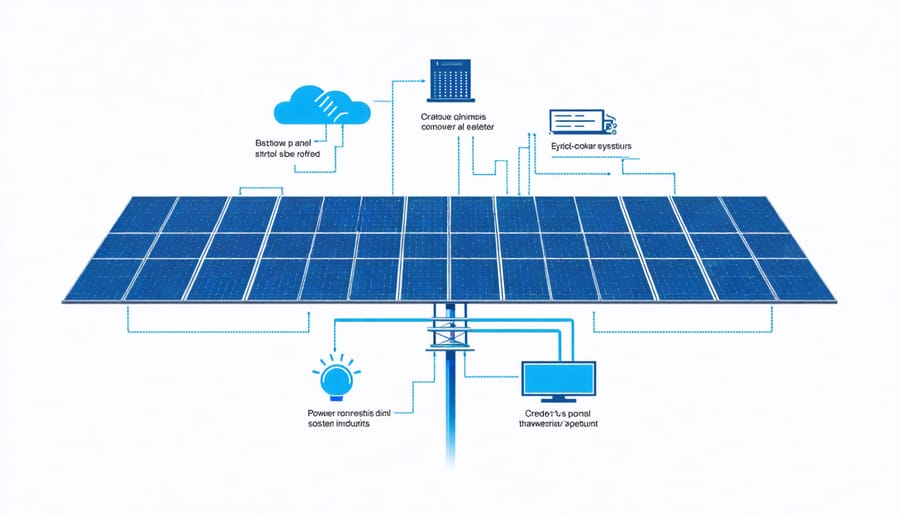
Monitoring and Optimization
Regular monitoring and optimization are crucial for maintaining the efficiency of industrial solar energy systems. Modern solar installations come equipped with sophisticated monitoring systems that track performance metrics in real-time, including energy production, panel efficiency, and system health indicators.
These smart monitoring solutions alert facility managers to potential issues before they become major problems. Daily performance tracking helps identify underperforming panels, allowing for quick maintenance responses. Regular cleaning schedules, particularly in dusty industrial environments, ensure panels maintain optimal sunlight absorption.
Data analytics plays a vital role in optimization. Advanced software systems analyze performance patterns, weather impacts, and energy consumption trends to fine-tune the system’s operation. This data-driven approach helps businesses maximize their solar investment by identifying peak production times and optimizing energy storage and distribution.
Preventive maintenance is another key aspect of solar system optimization. Regular inspections check for physical damage, loose connections, and degrading components. Many facilities implement drone-based inspection programs, using thermal imaging to detect hot spots and potential failure points without disrupting operations.
By maintaining a proactive monitoring and optimization strategy, industrial facilities typically see 15-25% better performance compared to poorly maintained systems. This translates to increased energy savings and a better return on investment over the system’s lifetime.
Industrial solar energy stands at the forefront of our transition to sustainable power, with remarkable growth potential in the coming decades. As costs continue to decline and technology improves, more businesses are recognizing the dual benefits of environmental stewardship and financial savings. The evidence is clear: companies implementing solar solutions are experiencing significant reductions in operating costs while strengthening their market position as environmental leaders.
Looking ahead, the future of industrial solar energy appears increasingly bright. Emerging technologies like bifacial panels and advanced energy storage systems are making solar more efficient and reliable than ever before. Industry experts predict that by 2030, industrial solar installations could triple in capacity, driven by improved technology, supportive policies, and growing corporate commitment to sustainability goals.
For businesses considering the switch to solar, the timing has never been better. Government incentives, tax benefits, and financing options make the initial investment more manageable, while rapid technological advancement ensures better returns over time. As global energy demands grow and climate concerns intensify, industrial solar energy represents not just an environmentally responsible choice, but a smart business decision that positions companies for long-term success.
The message is clear: industrial solar energy is no longer just an alternative energy source – it’s becoming the standard for forward-thinking businesses committed to both sustainability and profitability.

